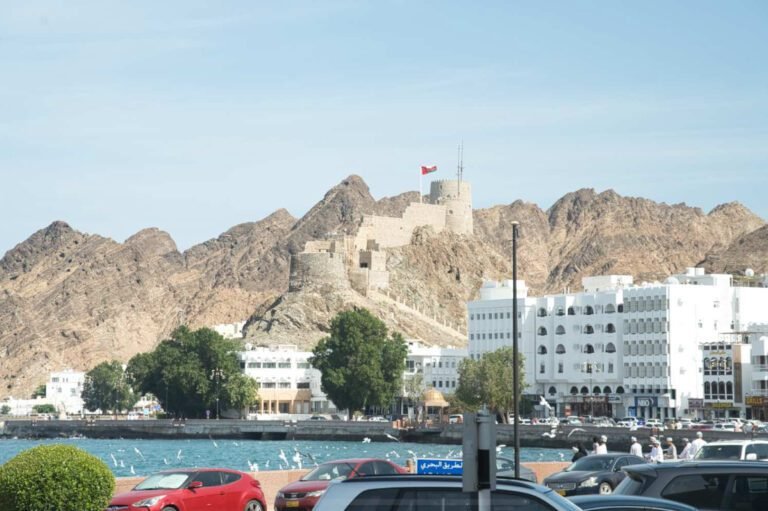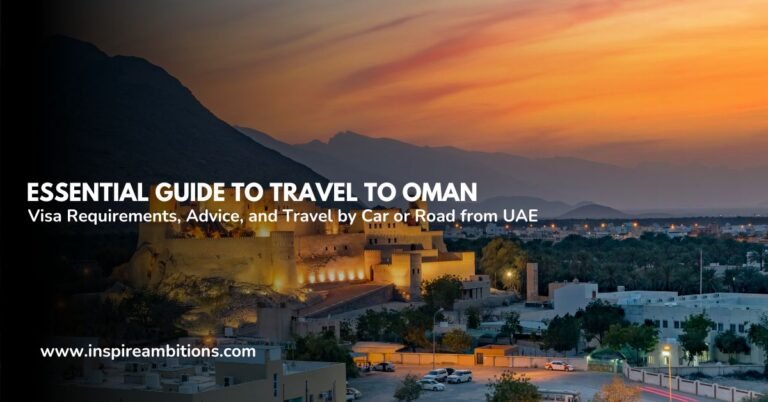Dhofar Salalah Oman – Zahrat al khareef dhofar Wonders
Salalah, positioned in the southern region of Oman, is not just any city; it’s the vibrant capital of the Dhofar province, a region distinct by its cultural and ecological diversity.
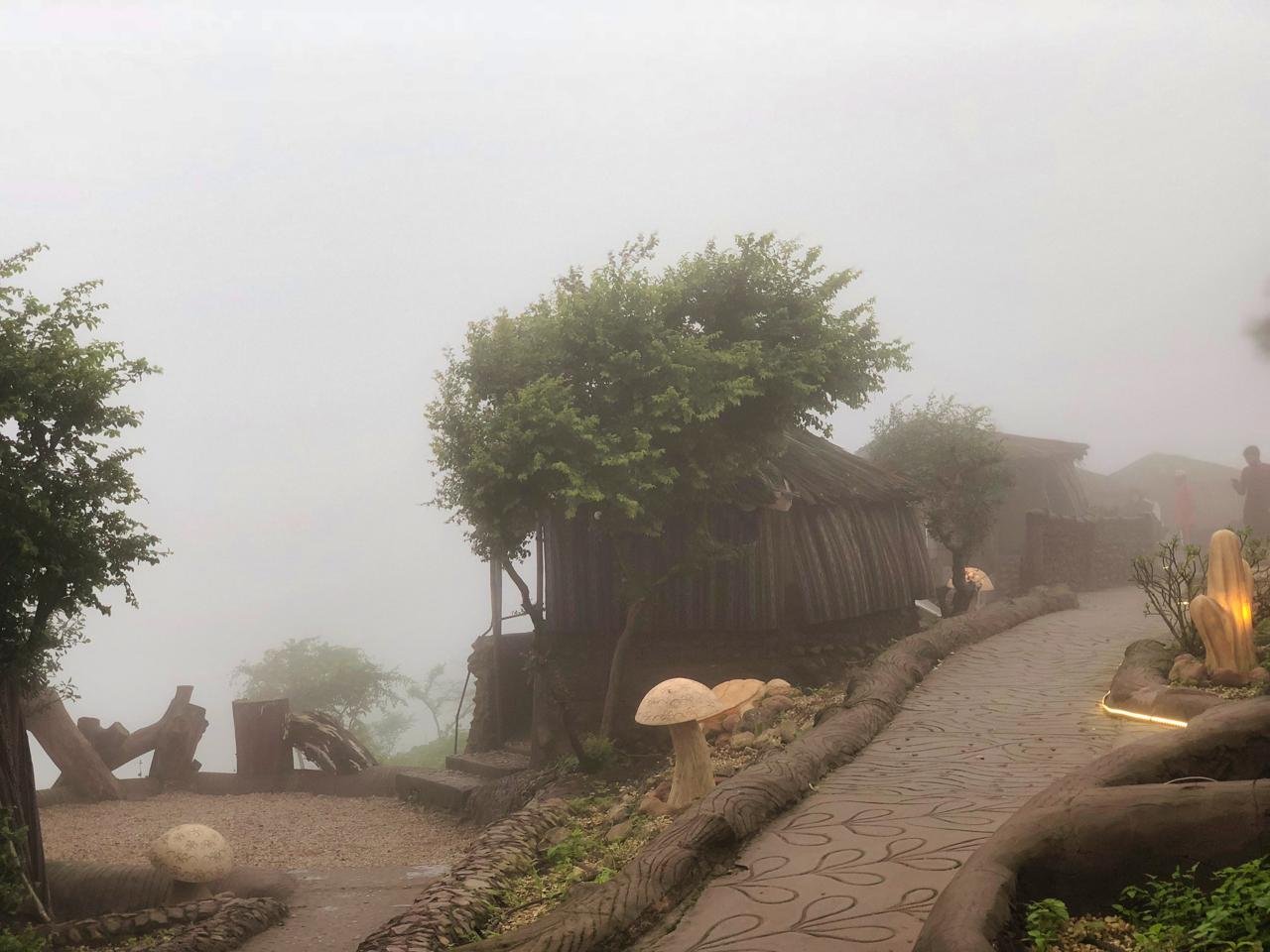
Known for its subtropical atmosphere and historical significance, Salalah offers you a unique blend of experiences that starkly contrast the arid landscapes typically associated with the Middle East.
Its significance goes beyond scenic beauty; it’s a city with a deep-rooted cultural heritage that presents a different side of Oman.
Venturing into Salalah, you’re greeted by a tapestry of lush greenery, especially during the khareef or monsoon season, which paints the region with vibrant life unseen elsewhere in the Arabian Peninsula.
The city’s proximity to the Arabian Sea and its past connections with East Africa have bestowed it with a rich array of flora and fauna, as well as a unique cultural tapestry. Your visit to Salalah might include exploring beautiful beaches, traditional souks, and historical sites that tell tales of Oman’s antiquity.
Moreover, a trip to Salalah allows you to witness the remarkable Dhofar Governorate, comprising the tranquil city, serene seaside, and the expansive Empty Quarter to the north. You can absorb the wonders of both the urban landscape and the surrounding natural splendour—the east and west sides of the city are all within your reach. Salalah stands as a testament to Oman’s diverse natural beauty and its capacity to surprise and delight those who explore its treasures.
الجغرافيا والمناخ
Dhofar’s region, especially the city of Salalah, presents a unique geography marked by a rare climate pattern on the Arabian Peninsula. It features distinctive seasonal changes and diverse landscapes.
Khareef Monsoon
ال Khareef season transforms Salalah from a dry, arid landscape into a lush, green paradise. From June to September, rains brought by the southwest monsoon drench the region, providing a respite from the scorching heat typical to the Arabian Peninsula.
You’d find the temperatures comfortably resting at around 24 °C (75 °F), a stark contrast to the adjacent desert’s temperatures.
Landscape and Natural Attractions
Salalah is privileged and has a rare geography; it is bordered by mountains on one side and the Arabian Sea on the other. Its landscape is a tapestry of sandy beaches, valleys, and frankincense trees. The mountainous terrain fosters numerous springs and waterfalls, especially during the Khareef.
North of Salalah, the الربع الخالي sparks intrigue with its vast, uninterrupted desert expanse extending into Yemen.
Governorate and Surrounding Areas
This region stands as a haven on the southern edge of the Arabian Peninsula, offering a cooler, wetter environment than its northern counterparts. The Arabian Sea moderates Salalah’s climate, keeping the yearly water temperature at a comfortable average of around 27°C (80°F), which benefits the area’s marine and coastal life.
As part of the Governorate of Dhofar, Salalah serves not only as a geographical hub but also as the cultural and economic centre of southern Oman.
History and Culture
Delving into the history and culture of Dhofar, particularly its city, Salalah, you’ll uncover a rich tapestry woven from the threads of ancient commerce and enduring traditions. The region’s narrative is marked by a storied past featuring the Frankincense trade, remarkable ruins, and a diverse التراث الثقافي.
Frankincense Trade
Salalah, situated in the Dhofar Governorate, was once a bustling hub of the frankincense trade. This trade has deep roots and reached its zenith around the 13th century. The Incense Trail included Salalah and helped distribute this precious commodity far and wide, from Rome to China.
1. Frankincense, also known as ‘liquid gold,’ was highly prized in ancient civilisations for its uses in religious rituals and as a healing agent. 2. The prosperity of the region was closely linked to this trade, as the demand for frankincense played a significant role in the local economy.
Ancient Ruins and Archaeological Sites
Al Baleed Archaeological Park stands as a testament to Salalah’s historical significance. These ruins, alongside others such as Ubar, often referred to as the Lost City of Ubar, provide insight into the region’s ancient urban landscape.
- Taqah و Mirbat: Coastal towns near Salalah containing ruins that unveil aspects of the pre-Islamic era.
- Zafar: Ancient city that further underscores the antiquity of the region, its people, and their practices.
التراث الثقافي
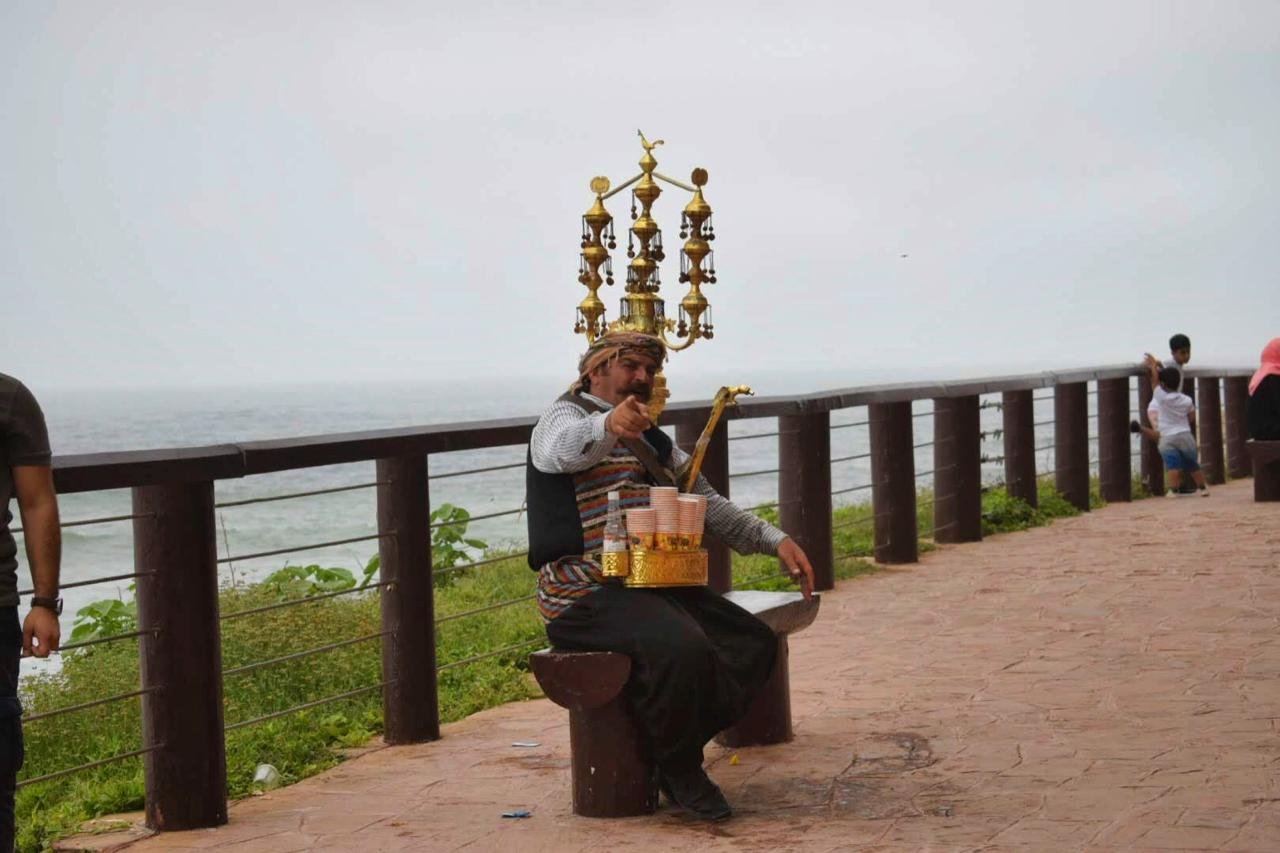
The cultural fabric of Salalah is rich and diverse, influenced by the legacy of Sultan Qaboos, who focused on preserving Omani culture. The Khareef season, unique to the Dhofar region, epitomises this blend of nature and heritage.
- Local celebrations during Khareef highlight the traditions and values carried through generations in Dhofar.
- Influences from neighbouring Yemen, reflected in the architecture and cultural expressions, underscore the interconnectedness of this historic area.
Exploring these topics of history and culture will help you better understand Salalah, a city that whispers tales of ages past through its desert winds and monsoon mists.
Travel and Tourism in Salalah, Oman
Salalah, a gem in Oman’s Dhofar region, offers an array of unforgettable tourist experiences, from stunning beaches to historical sites. Your journey to this enchanting city and its exquisite attractions will be as enriching as it is delightful.
Getting to Salalah
Salalah is accessible by various means of transportation. The Salalah International Airport welcomes travellers from around the globe and offers a convenient gateway to the region’s wonders. For those looking for an overland adventure, buses from Muscat take about 10-12 hours and provide an economical option.
- عن طريق الجو: Scheduled flights operate to and from Salalah International Airport, connecting it with major cities.
- بواسطة الباص: Regular services are available from Muscat and Dubai, with ticket prices varying based on comfort levels.
- By Car: Renting a car provides the freedom to explore at your own pace.
المعالم والأنشطة
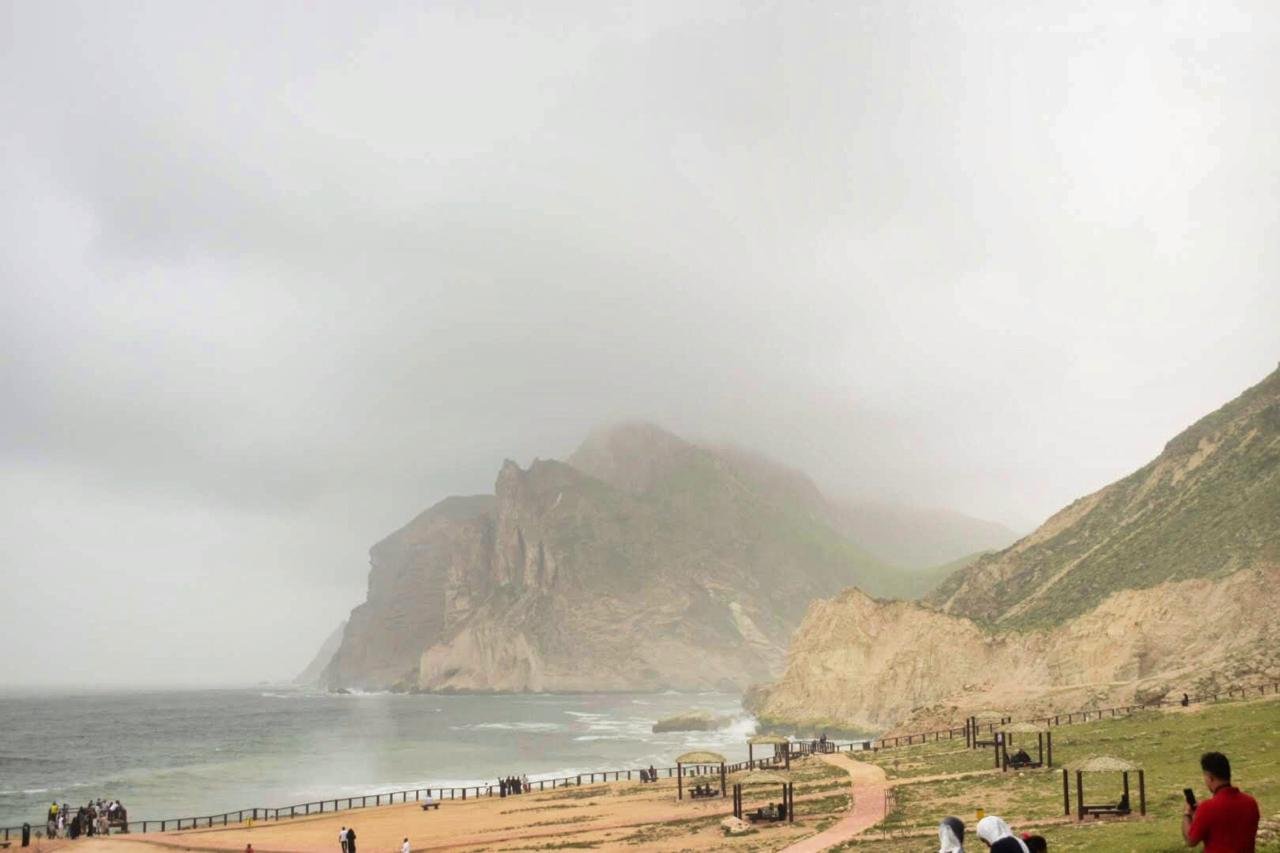
Salalah brims with activities and sights that cater to every interest. Visit Al Mughsail Beach, where the sea meets the mountains, or explore the UNESCO-listed Khor Rori, believed to be the ancient city of Sumhuram.
- الشواطئ: Al Mughsail and Fazayah Beach offer opportunities for relaxation and picnics.
- المواقع الثقافية: Visit the Tomb of Prophets and the Frankincense Land Museum.
- عجائب طبيعية: Wadi Darbat and its waterfalls are a nature lover’s haven.
- جولات: Engage in various tours that showcase the beauty and culture of Salalah.
الإقامة وتناول الطعام
Salalah hosts a range of hotels and restaurants to suit all budgets and tastes. From luxury staycations to comfortable lodgings, you’ll find the perfect place to rest.
- الفنادق: Choose from 5-star luxury resorts to budget hotels.
- تناول الطعام: Sample local cuisine at traditional Omani restaurants or explore international eateries.
Remember to explore beyond Salalah City to experience Dhofar’s allure fully. While the best time to visit is during the monsoon season, when the landscape turns a vibrant green, Salalah’s welcoming charm remains all year round.



